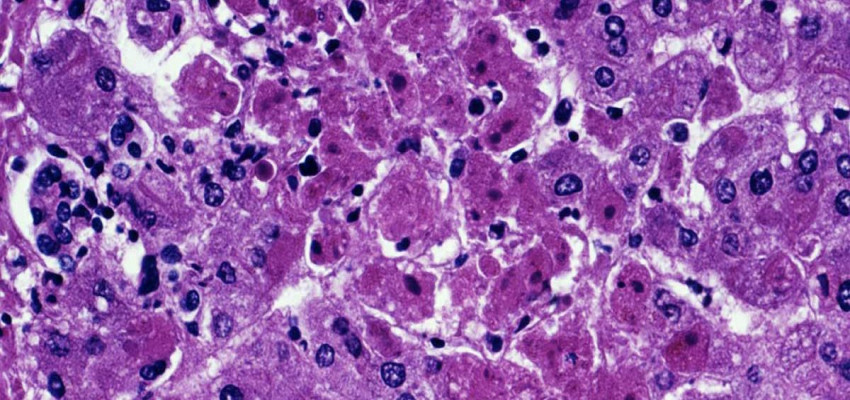
The World Health Organization (WHO) confirmed the first-ever outbreak of Marburg disease in Equatorial Guinea saying that the Ebola-related virus is responsible for at least nine deaths in the tiny Western African country. In a statement on Monday, WHO confirmed the epidemic after samples from Equatorial Guinea were sent to a lab in Senegal.
The World Health Organization recently confirmed the Marburg disease outbreak in the Western African country of Equatorial Guinea. There are no vaccines or antiviral treatments approved to treat the virus.
Symptoms of Marburg disease
Patients suffering from the disease experience fever, muscle pains, diarrhoea vomiting, and stomach pain. Also, there is extreme bleeding in severe cases.
• a fever
• severe headache
• muscle pains
• watery diarrhoea
• stomach pain
• nausea
• vomiting
An e-bola-related virus is causing the disease. The Spread of the disease is epidemic; meaning the disease is widespread. The virus is transmitted to people from fruit bats. It spreads between humans through the transmission of bodily fluids of infected people, surfaces and materials.
.What is the Marburg virus?
According to the World Health Organization (WHO), Marburg virus is a cousin of the equally deadly Ebola virus. It was first identified in 1967 in:
• Marburg and Frankfurt, Germany
• Belgrade, Yugoslavia (now Serbia)
How can it be treated?
- There are no specific treatments or a vaccine for the virus.
- But symptoms can be alleviated by giving patients plenty of fluids and replacing lost blood.
Key Takeaways
- The Marburg virus was first detected in the city of Marburg in Germany in 1967
- Marburg is highly infectious
- No treatment yet exists for Marburg
- Drinking plenty of water and treating specific symptoms improves a patient's chances of survival.
- The Marburg virus killed more than 200 people in Angola in 2005, the deadliest outbreak on record according to the global health body.

